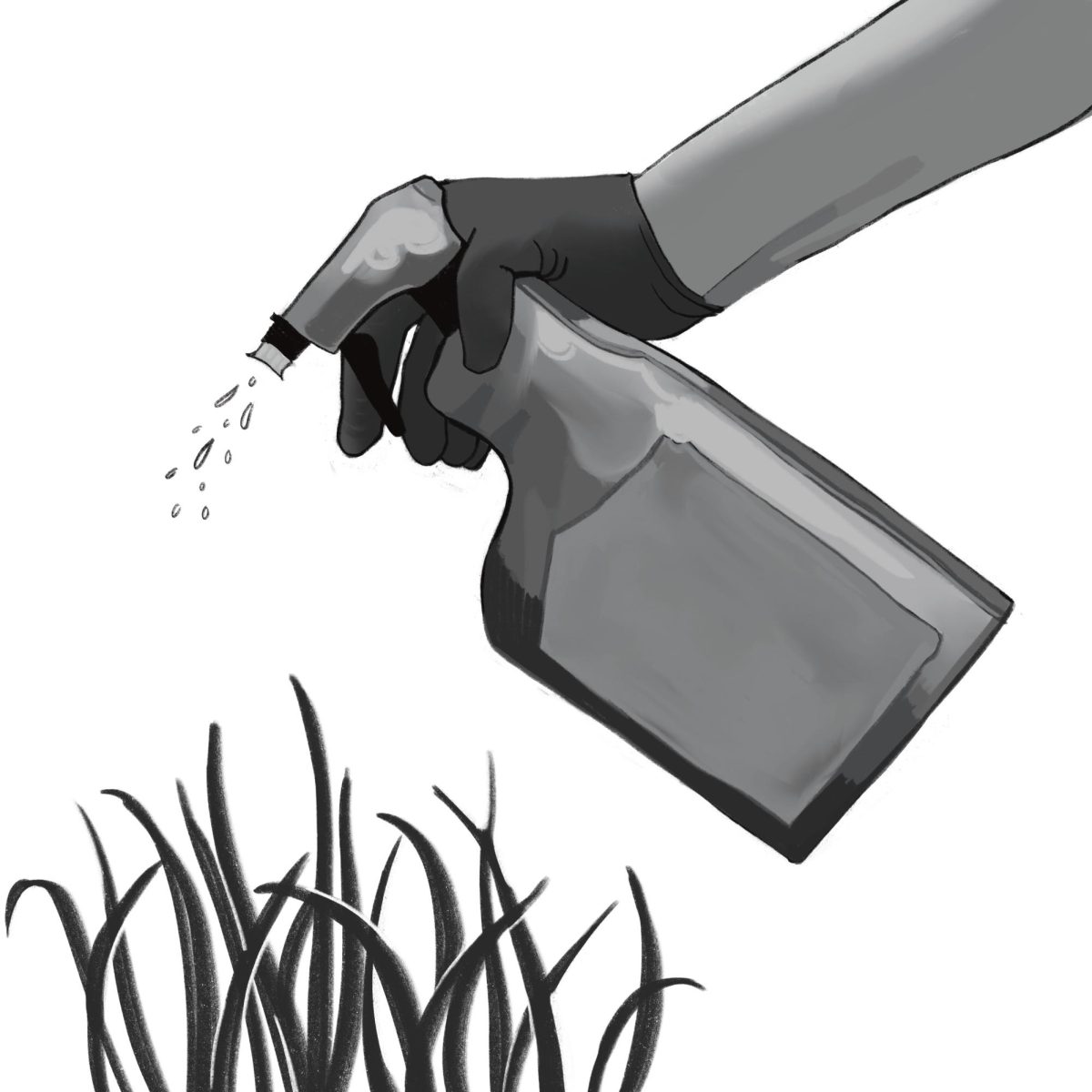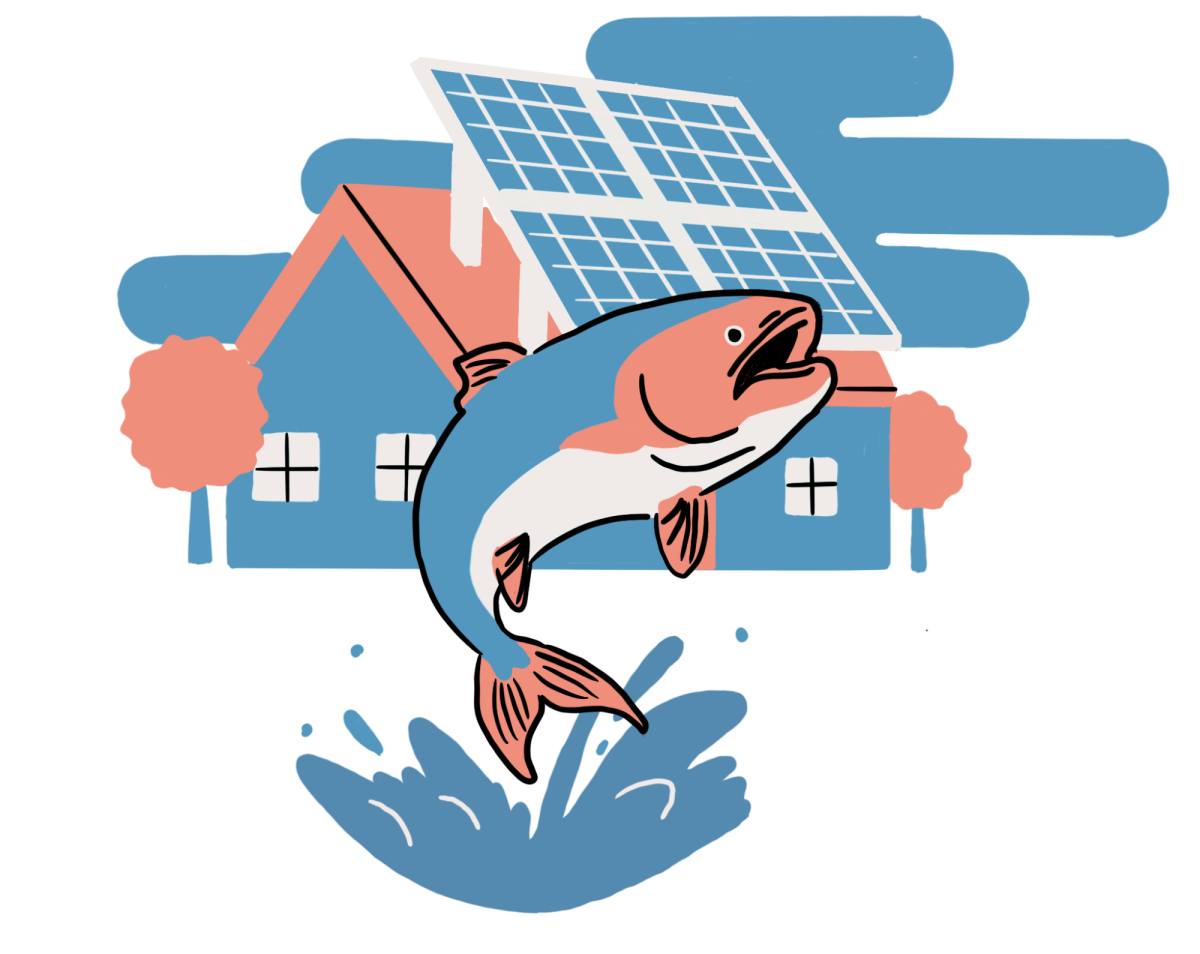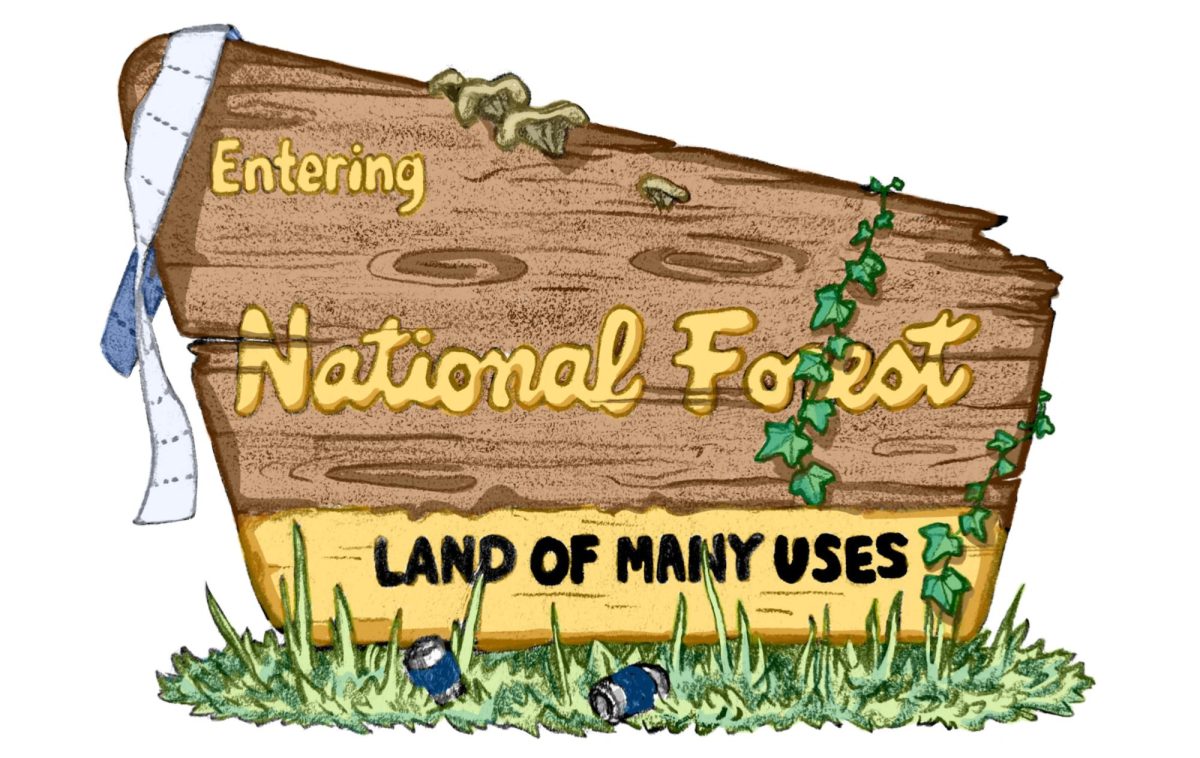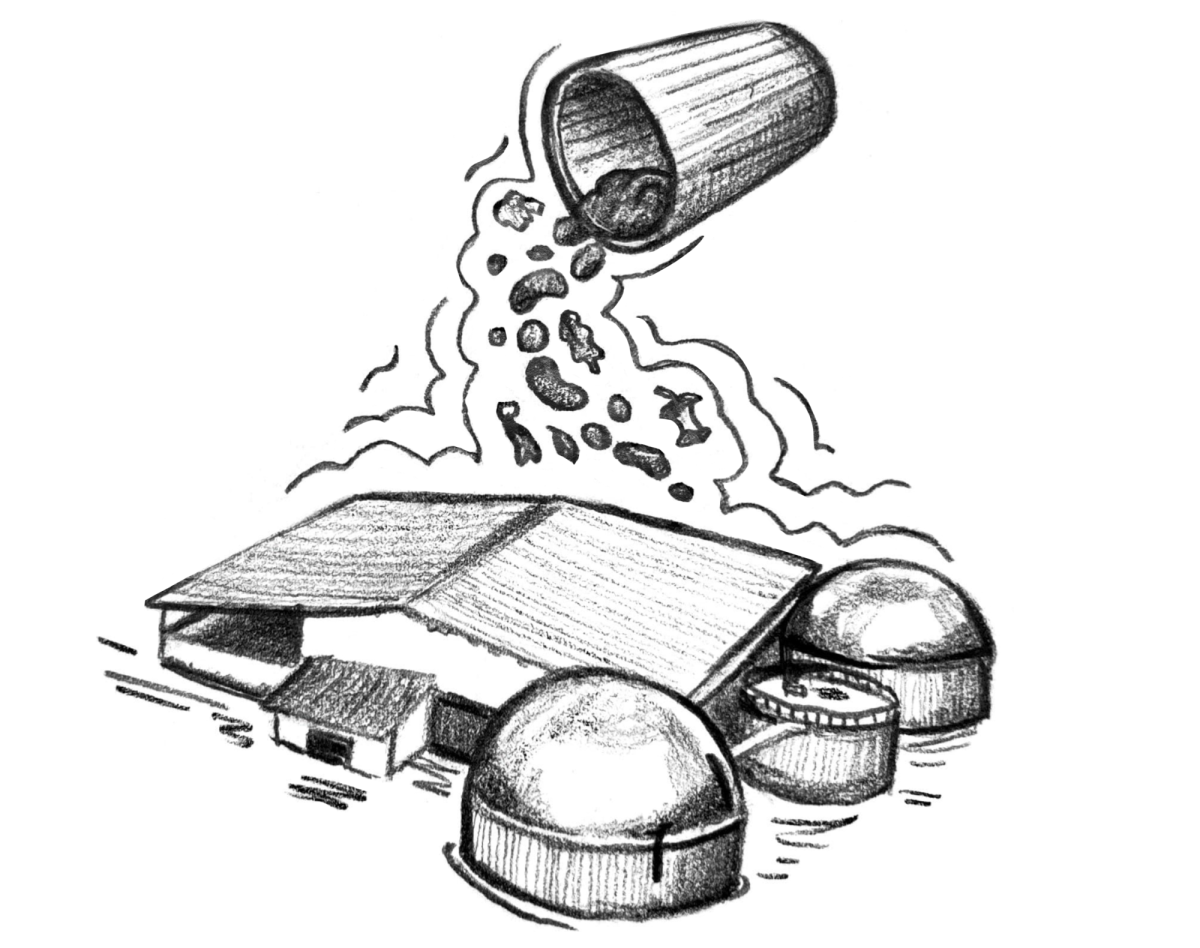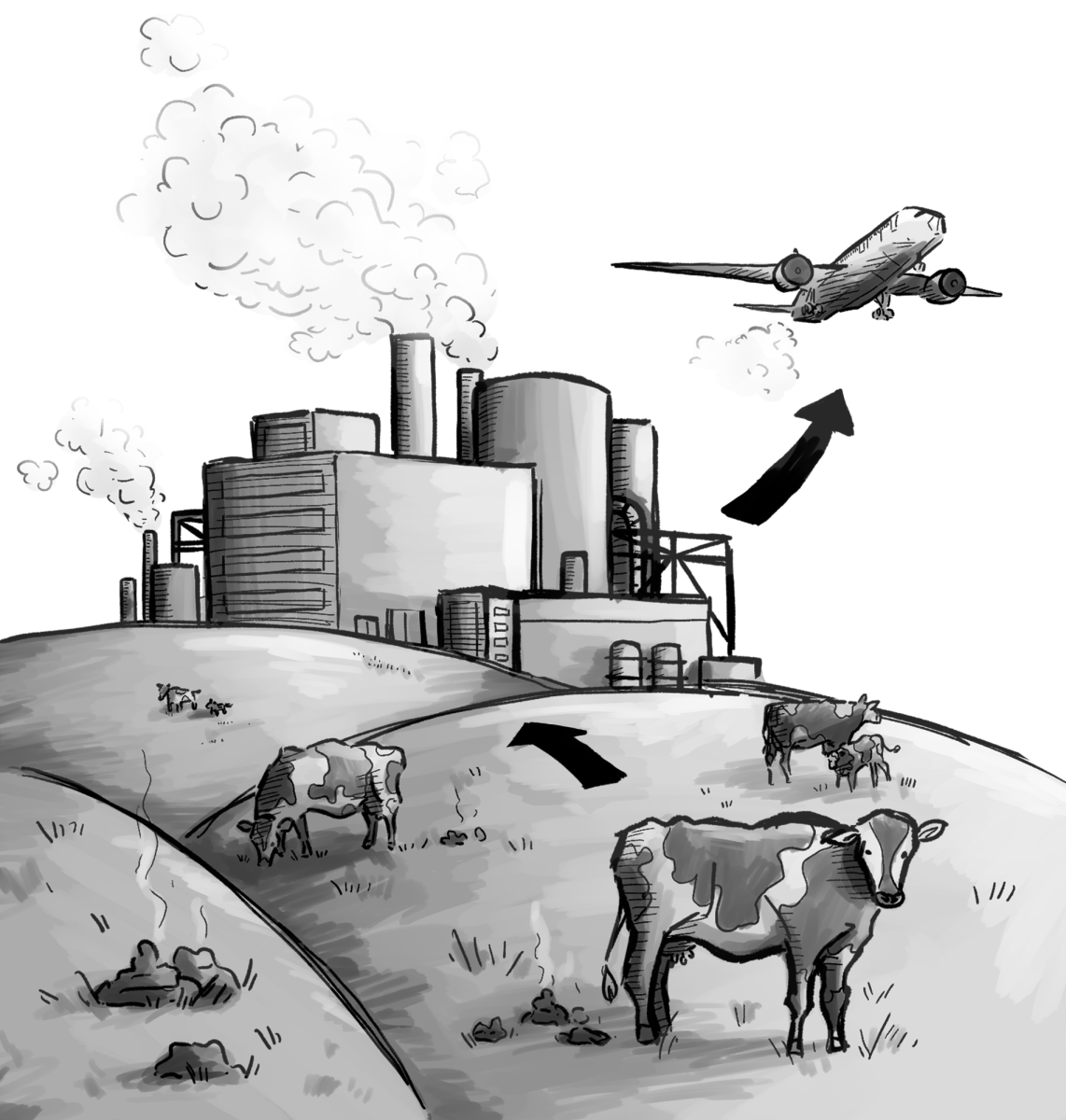Since the early 20th century, wildland firefighting has been an enticing career for young men looking to work outside and get their hands dirty. However, a long-standing culture of hyper-masculinity has historically left little room for women in the industry.
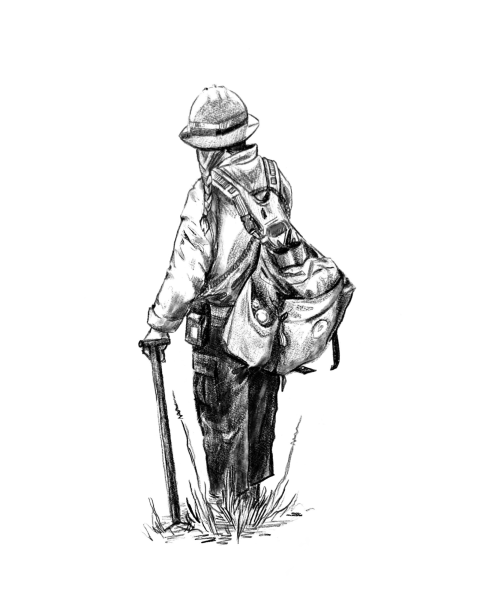
Wildland firefighting can be incredibly rewarding, but it does not come without physical sacrifice. Every year, roughly 2,600 workers’ compensation claims are filed by federal firefighters, including hundreds of claims of cancer, heart disease and lung disease. Many more Forest Service employees choose not to report their on-the-job injuries because they assume they will receive little to no help from the federal government. Additionally, the rising cost of living in the West has decreased the value of the overtime and hazard pay that made wildland firefighting a lucrative seasonal job.
Associate Professor of Sociology, Alissa Cordner, has done extensive research on risk management policies in fire and has been a volunteer wildland firefighter for Walla Walla County for seven years.
“I can’t count the number of older career folks who would say their knees were totally shot, where they couldn’t run anymore. … There are a lot of health concerns for wildland folks and they are, by and large, poorly tracked and poorly understood,” Cordner said.
Risk is compounded for female wildland firefighters who may face gender-based mistreatment on the job. A 2018 investigative report published by The Guardian included testimonials from women who were sexually harassed, assaulted and discriminated against by male supervisors, only to have their complaints ignored and their perpetrators reassigned, sometimes to an even higher level position.
Women account for only 12 percent of wildland firefighters in the Bureau of Land Management, the U.S. Forest Service and the National Parks Service combined, but photos from as far back as 1915 show that women have long been involved in wildfire management. In the 1970s, an all-women wildland firefighting crew was assembled in the Lolo National Forest in Montana. They became the first women to be paid by the Forest Service for fire suppression.
It feels important to mention here that the history of fire management in America goes well beyond the Forest Service and the establishment of the United States. Indigenous tribes have been cultivating healthy forests since time immemorial, often intentionally burning swaths of land to revitalize the soil and eliminate excess foliage that could lead to larger, uncontrollable fires. After almost 100 years of fire suppression, the Forest Service is just beginning to recognize the essential nature of fire in forest ecosystems and adopt the practice of prescribed burns for fuel reduction.
Although the fire management industry has a long way to go in many aspects, wildland firefighting can be a gratifying and empowering experience for women who are up to the challenge.
Lily Rhoades spent five years working as a wildland firefighter for the Forest Service. They talked about their favorite memories on the job.
“Most of them center around getting to fire, just getting your ass kicked the whole time and then finally taking a break, and you’re sitting there with all your friends, and you’re sweaty and exhausted, but you feel so accomplished,” Rhoades said.
Today, you are more likely to find Rhoades working at her Wallowa Resources office in Enterprise, Oregon, where she is the Youth Expedition Specialist at Wallowa Resources. But the lessons she learned in the Forest Service have stayed with her.
“Wildland firefighting made me realize how resilient I am as a person,” Rhoades said.
Whitman junior Erin Grossman echoed a similar sentiment when discussing the physical demands she experienced working as a wildland firefighter for the Department of Natural Resources in Montana.
“I was so much stronger by the end of the season than I ever thought I’d be, so that was gratifying,” Grossman said.
However, she acknowledged that it could get frustrating to have to compare herself to much larger men.
“I’m in shape, but just physically, if I’m wearing a [40 pound] pack … It’s obviously going to be way harder for me to do than someone who’s even slightly taller than I was. … Keeping up was definitely difficult,” Grossman said.
Cordner explained that women in firefighting often not only need to meet the physical demands of the job, but surpass them in order to be respected.
“If a woman isn’t the strongest person on their crew, people attribute it to their gender, whereas if a man isn’t the strongest person on their crew, there are lots of reasons why that man might not be the strongest. And for women, gender becomes the sort of de facto explanation for why they’re not keeping up as opposed to thinking about, what is their overall body size, how long have they been doing this, what was their training preparation,” Cordner said.
Rhoades described how many of the career female firefighters she met felt a need to outperform their male crewmembers.
“I’ve done fires down in Arizona in areas where there’s three women in the whole district. And those women are total badasses … but I think there’s that feeling that if I’m going to be a woman in fire, I have to be tougher, I have to be stronger than the other men I’m working with so people will take me seriously,” Rhoades said.
Rhoades found herself internalizing those sentiments.
“I had that feeling of, ‘You’re not good enough unless you’re better than other people,’ and there are people that you’ll never be as good as because they’re completely yolked and six feet tall,” she said.
Aside from the physical demands, the hyper-masculine culture in some fire crews can be isolating to women. Grossman was one of only three women on her 20-person team.
“It was actually really hard and one of the reasons I didn’t end up going back last summer. I know people have had different experiences in the Forest Service, but at least with the state it was … a very ‘bro’ environment … it was just overwhelming,” Grossman said.
For sophomore Celia Wheeler, working on an all-women fire crew through an internship with the Student Conservation Association provided her an opportunity to gain experience in wildland firefighting without the added pressure of comparing herself to men.
“Being surrounded by women allowed me to ask more questions and feel more confident,” Wheeler said.
Unfortunately, being on an all-women crew did not shield her group from sexist stereotypes. Wheeler described having dinner with her crew in Fairbanks, Alaska when a man came up to their table and started harassing them.
“He comes up to us and he’s like, ‘Why aren’t you guys in Nomex bikinis?,’” Wheeler said.
Nomex is the material that most firefighting gear is made from.
“He goes, ‘Do you guys need a media coordinator? I can definitely help,’” Wheeler said.
She went on to describe how her crew was often videotaped and photographed by tourists in Denali National Park.
“I guess people can’t handle seeing 10 women with a chainsaw. That’s too powerful,” Wheeler said.
Nevertheless, Wheeler spoke highly of her experience and hopes to spend next summer working as a firefighter for the Forest Service in Central Alaska.
Although Wheeler found her all-women crew to be particularly rewarding, many women have very positive experiences in mixed-gender crews as well. Still, everyone I spoke to emphasized the importance of researching prospective crews ahead of time.
“The internal crew dynamic matters tremendously. … The leadership [I’ve had] set excellent examples for how to treat people and how to have a culture of learning and a culture of support. … And I know that’s not the case in all fire communities. There certainly are still fire communities that are going to be hostile to people who don’t fit the traditional mold of what a firefighter looks like,” Cordner said.
A good crew is especially important given the physical and emotional challenges that come with wildland firefighting. Rhoades described the difficulty of witnessing the immense destruction caused by an out-of-control fire.
“Large loss of homes is hard. Having a fire blow up in your face that ends up burning down a bunch of peoples’ houses is a difficult thing to get past,” Rhoades said.
The physical and mental toll firefighting takes on a person can lead to burn-out, as the sacrifice no longer feels worthwhile. A career in wildland firefighting can mean months away from home at a time, as well as months of potential unemployment in the off-season. Although Rhoades eventually reached a point where she was ready to move on from fire, she emphasized how much she gained from her experience.
“There are all these crazy things you feel like you can’t do – I can’t climb a mountain with all this weight – [and] maybe you’re moving slow, maybe it’s hard, maybe you hate yourself the entire time, [but] getting to that end point, the accomplishment you feel has given me a lot of perspective on the things that I can overcome… For women in a male-dominated field, that feeling can be life changing,” Rhoades said.
Wildland firefighting certainly isn’t for everyone, but it can be a place to find personal growth, community and purpose for those up to the challenge. At a time when demand for wildland firefighters is only increasing, creating an environment that is supportive of women is essential to the future of the field.

